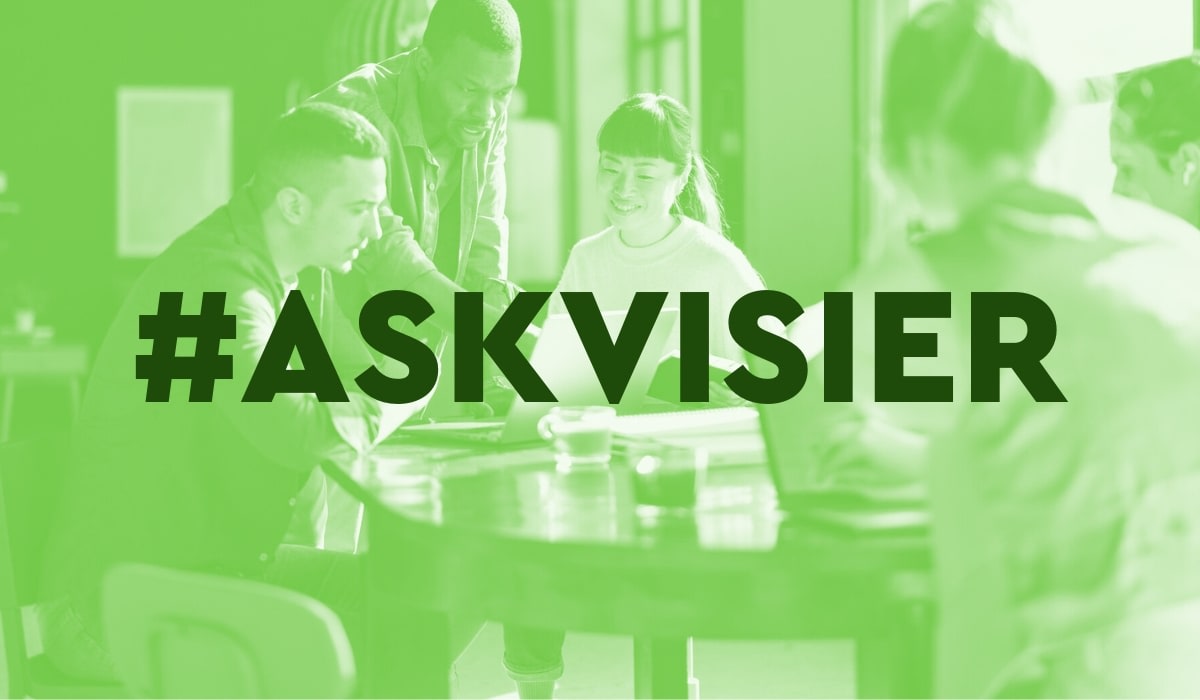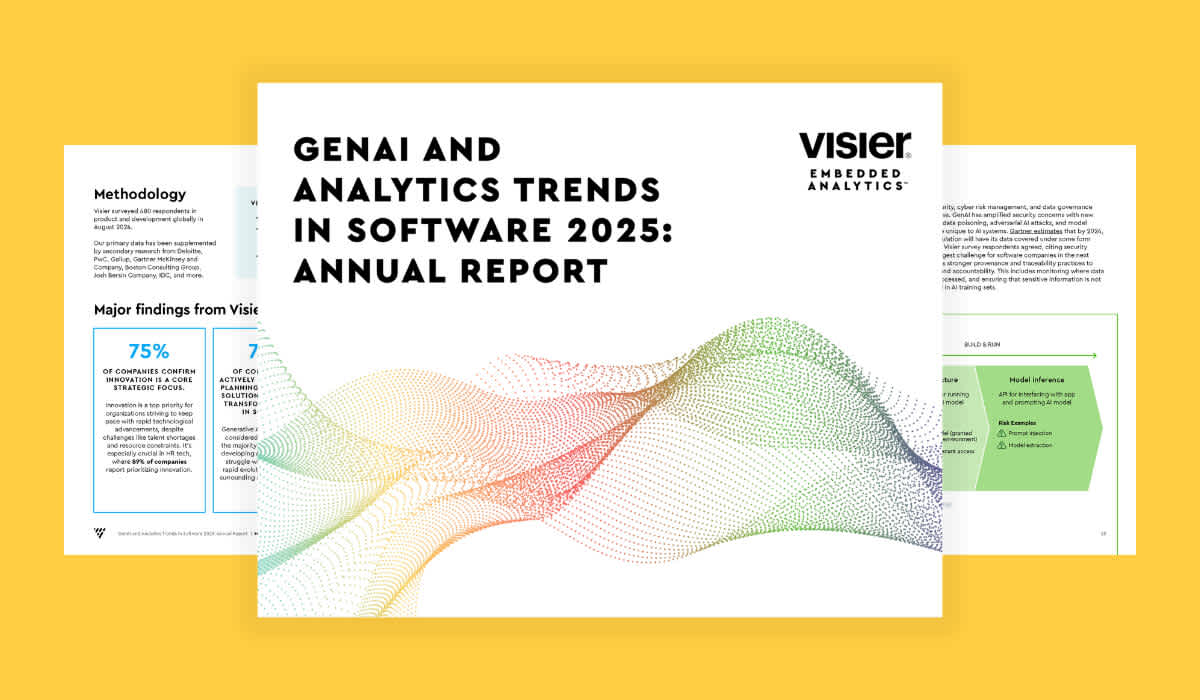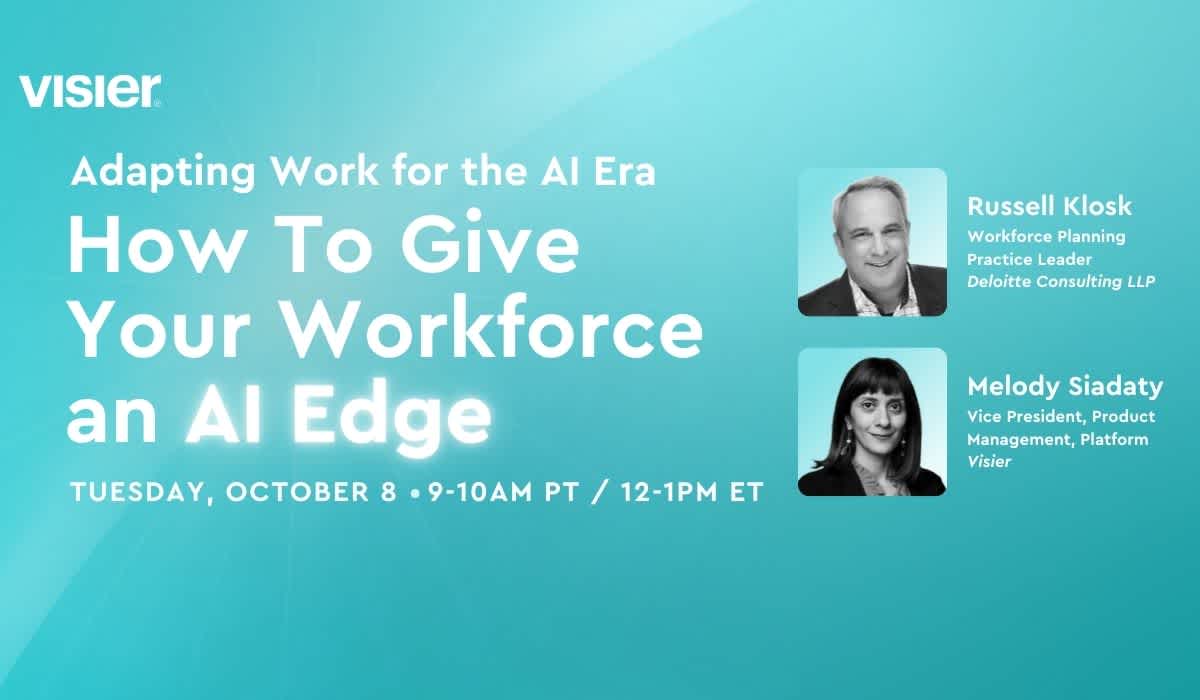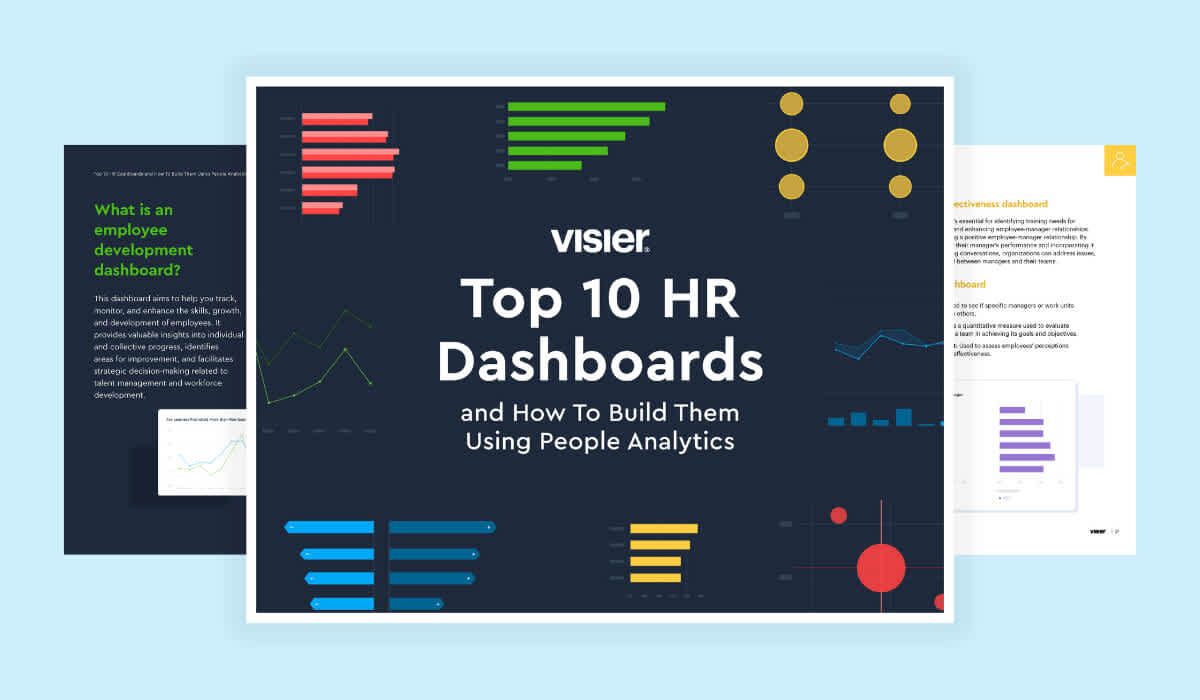Ask Visier: How can I get started with Workforce Planning?
An expert shares her thoughts on practical steps to start workforce planning today, leveraging internal capabilities, fostering collaboration, and prioritizing progress over perfection.

In 2024, we watched as workforce planning, both strategic and operational, became one of the most prevalent topics of modern HR conversations.
Everyone recognizes its importance, believing it can address significant challenges in creating a highly productive, innovative, location-agnostic, skills-rich, and talent-dense workforce of the future.
Yet transitioning workforce planning from a theoretical need to an agile operational practice is no small feat. Much like moving to the cloud or safeguarding cyber assets, it involves addressing complex, interconnected systems of software, programs, and talent. Many organizations are choosing to start their path to workforce planning by hiring a talented individual who has implemented a workforce program before. However, there’s a fundamental flaw in this approach: seasoned planning professionals are in short supply.
But there is another way. Instead of seeking hard-to-find external talent, organizations can train, promote, and build capabilities internally. This approach not only fosters employee engagement but also establishes a strong foundation for scalable workforce planning.
While technologies like Visier aim to simplify and automate planning processes, there’s no need to delay getting started. A pragmatic approach—embracing progress over perfection—can pave the way for impactful workforce planning.
Here’s a roadmap to help organizations get started:
1. Make your intentions known
Clearly communicating your organization’s commitment to workforce planning is essential. Begin by explaining the “why”—why planning is critical and why now is the time.
This step aligns leadership and prepares them for a collaborative and agile planning process. Foundational change management plays a vital role here, maintaining organizational alignment and support for workforce planning as an essential, organization-wide process.
Example: Your leadership team notices challenges in meeting project deadlines due to mismatched skills and inadequate workforce planning. The CEO holds a town hall meeting, emphasizing the importance of proactive workforce planning to align talent with the company’s growth goals.
The message should cover why workforce planning is necessary—highlighting competitive advantages and operational efficiencies. The leadership team then commits to an agile and collaborative process, ensuring managers understand their role in this initiative.
Learn more about how effective change management drives organizational alignment during transformation.

2. Rally your data
Planning for the future requires taking inventory of the current state. This doesn’t require precise skills taxonomies—those can come later. Instead, focus on gathering basic but accurate data: headcount, financials, employee locations, and costs.
Consolidating this data into a single, reliable source of truth follows. Tools like Visier’s people analytics platform can help provide the cornerstone for your planning process, enabling faster decision-making and scenario planning as your needs evolve.
Example: Your HR team uses existing data to gather headcounts by department, workforce demographics, attrition rates, salary costs, and employee locations. The team pulls this data into a central analytics tool, such as Visier, to generate reports in real-time. You can use this data for scenario planning to estimate the cost and time needed to fill skill gaps as your company grows.
3. Scale the language of planning
Definitions matter. Agreeing on a shared vocabulary is as critical as having a data dictionary. From “What qualifies as a full-time employee?” to “Is Excel a skill?”—consensus on terminology avoids costly miscommunication and accelerates progress.
Think of this with the same level of importance you'd place on any data dictionary. Doing so is the difference between evolving at the speed of business, and spending time doing high-cost word-smithing.
Example: However, disagreements can arise between departments on topics like what represents a critical skill within your teams, you can plan cross-functional workshops to define key terms and build a shared vocabulary. A data glossary, for instance, will keep everyone aligned and prevent future misunderstandings.
4. Celebrate foundational progress
Waiting for a perfect, comprehensive plan can delay meaningful progress. Start with foundational steps, like developing a basic headcount and cost plan. Celebrating these early wins builds momentum, fosters behavioral changes, and lays the groundwork for more complex planning in the future.
Example: Have your HR team prepare small celebrity events every quarter. Quick moments to reward and acknowledge team members can also help you fill urgent gaps and align with the company’s immediate expansion goals.
At your next all-hands meeting, have managers celebrate the team’s progress and highlight the value of this foundational work. This recognition motivates employees and reinforces commitment to longer-term workforce planning initiatives and success.

Where to get started with workforce planning
You don’t need a workforce planning expert to get started. Often, waiting for the perfect hire isn’t an option. Instead, you need the will to begin, the courage to take incremental steps, and a focus on building a foundation of accurate data.
By starting with intention and celebrating small wins, organizations can create a planning program that’s by the people and for the people. And when that elusive planning expert eventually joins your team, they’ll find a robust foundation to build upon. Or perhaps you’ll discover you no longer need one—because you’ve built the capability internally.
Start your journey with Visier’s Workforce Planning tool. Whether you’re taking your first steps or refining your approach, Visier’s platform provides the insights and automation needed to streamline your planning process.



